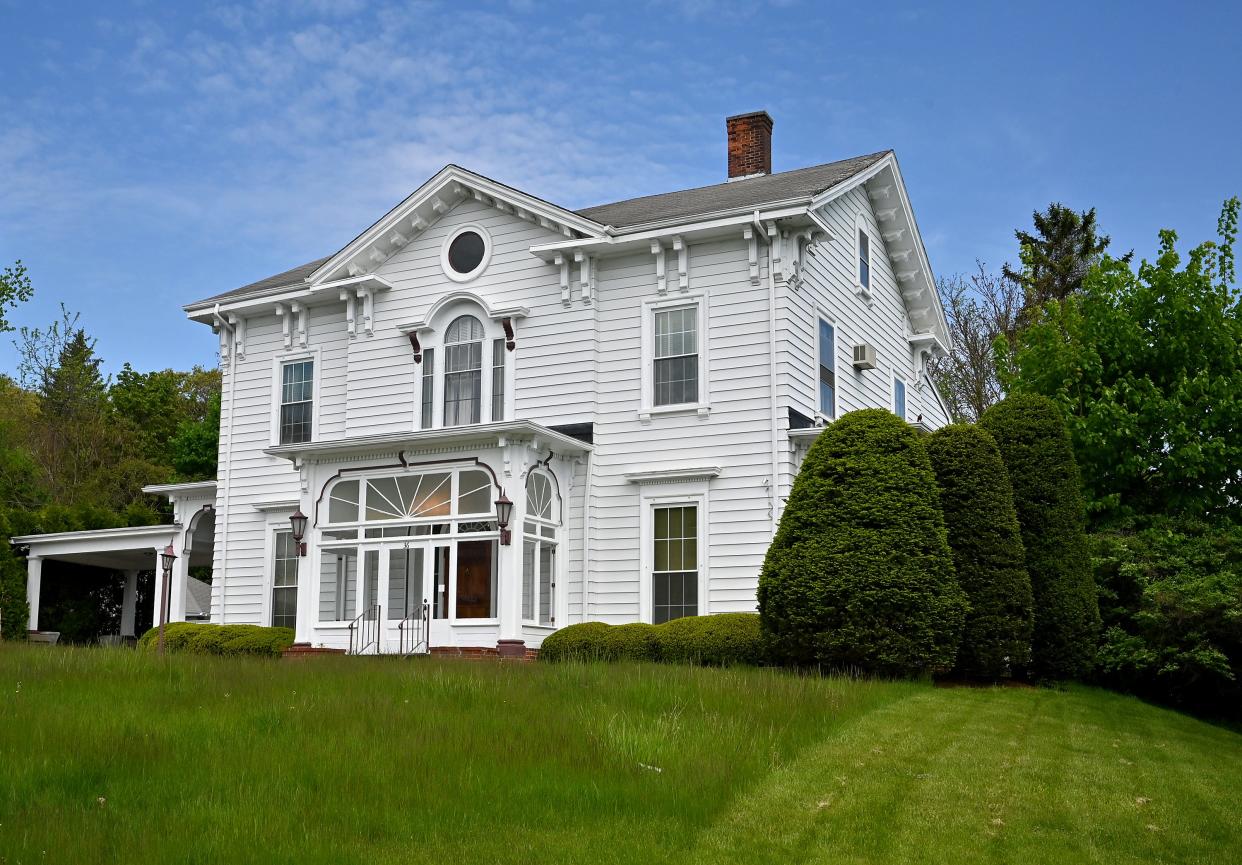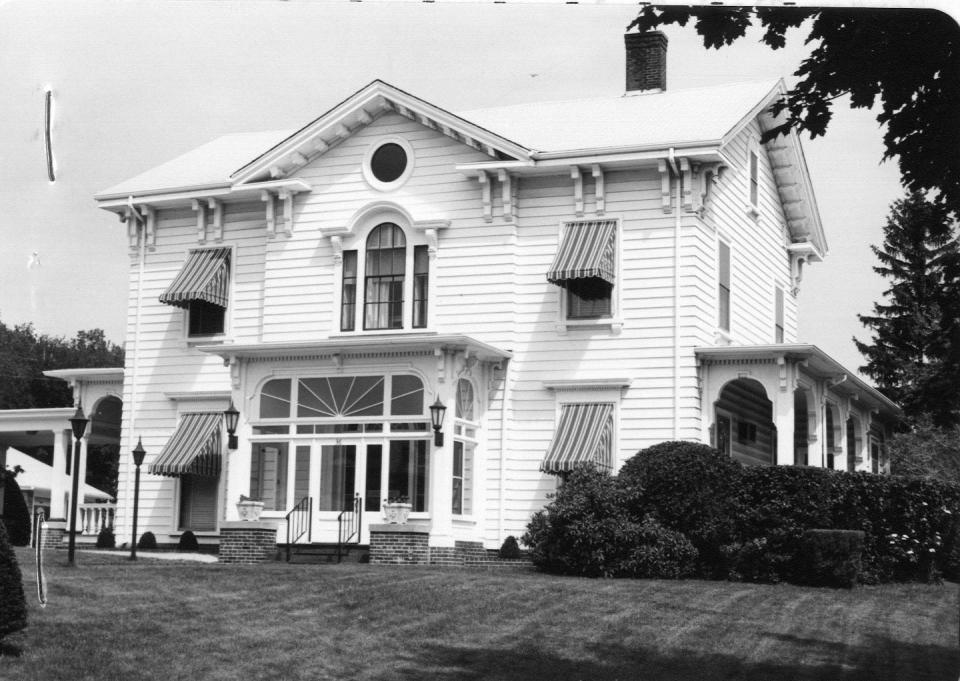Then & Now: 36 Butler St., Worcester


Oscar Lindquist, an undertaker on Green Street in Worcester, bought the former getaway house of real estate developer Ransom C. Taylor in the early 1900s.
After about a decade, he moved his funeral business to the stately house, at 36 Butler St. Lindquist Funeral Home was the go-to place for the Swedes who filled the Quinsigamond Village section of Worcester.
Oscar Lindquist died in 1938, but his funeral home remained at the address into the next century. By then the business had been taken over by the Lundins. In 2003, the business became part of Fay Funeral Homes.
The old Ransom Taylor house — shown in this week's Then photo, from 1977 — remains part of the Quinsigamond Village landscape. It has been largely vacant since last used as a funeral home.
In 1858, Taylor, one of the biggest property owners in Worcester at the turn of the last century, had the house built as a place to relax. At the time, the area of the city was undeveloped, with hills and woods that filled Taylor's desire for a countryside escape. It had been only a decade since Worcester shed the town label.
The property's most recent owner, George Markopoulos, said he plans to preserve the house as part of a bigger plan to build housing at the spot. He bought the house from William J. Fay (trustee) in January for $360,000, according to city property records.
Markopoulos' vision for the property is welcomed news to those with a stake in preserving Worcester history.
In July 2023, the previous owner indicated he wanted the option to tear down the building. Because of the building's historical standing, such a move requires a one-year wait. A bid to have the wait period waived was denied by the city Historical Commission.
"We want to preserve the building," Markopoulos said in a recent interview, adding that he intends to return the house to its roots as a residence.
Meantime, Preservation Worcester, with a focus on Worcester's heritage, is seeking to make sure the wrecking ball or a significant remake are never part of the plans. The organization is known for its annual Most Endangered Structures list, which in 2023 included the old Taylor house.
Preservation Worcester is seeking to designate 36 Butler St. as a Local Historic District. Such a designation, typically involving multiple properties, would limit physical changes to the structure. It would not limit use. Another option is to attach a preservation restriction to the property. Either way, the future of the house would be assured.
"It seems we have a sympatheic owner who responds really well to requests of the city and Preservation Worcester," said Deborah Packard, executive director of Preservation Worcester.
The Italianate-style of the two-story house makes it unique. Others in Worcester have been demolished or markedly reshaped over the years. It is said that Elbridge Boyden was the architect. He designed Mechanics Hall.
At one point, the Taylor house took on the name Larchmont. The origin of the name is unclear, with one story being that a family member thought a one-word label gave the property prestige.
Ransom Taylor is responsible for the Chase Building at 44 Front St. in downtown Worcester. That building, completed in 1886, gets its name from Taylor's wife, Mary Louisa Chase. She died in 1879.
Last week Then & Now: Gage House, 8 Chestnut St., Worcester
This article originally appeared on Telegram & Gazette: Then & Now: 36 Butler St., Worcester

